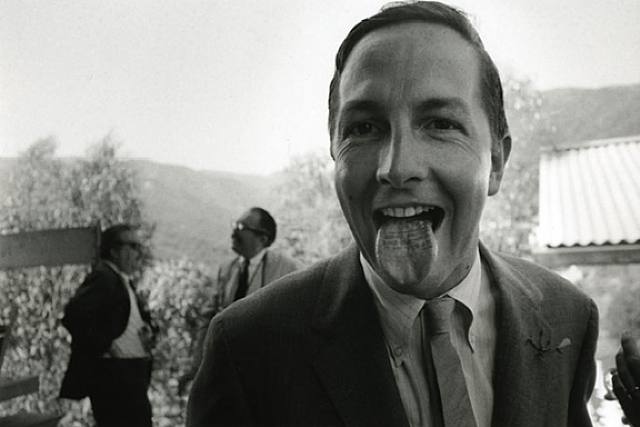Any of us who have worked in museums or published books know what a pain sourcing artwork documentation image rights can be. Foundations are slow to respond to emails and fees for reproducing images can be extraordinarily expensive–it feels like doing business in a bygone era. However, this year, The Robert Rauschenberg Foundation is hoping to change all that, offering many of its images for free. This begs the question–how would this affect the foundations’ income if all were to follow suit? Randy Kennedy of the New York Times has the story, in partial below, in full here.
The Robert Rauschenberg Foundation, begun by Mr. Rauschenberg 18 years before his death in 2008, has been a part of this system. But after experiments over the last year, it has decided to adopt a new policy of making images of Rauschenberg work much more widely available free. In doing so, it is urging other artists’ estates and foundations to take a hard look at protections it believes — in the name of safeguarding works from piracy or misuse — have become too restrictive, especially in the digital era.
“The system has created barriers for the wrong people,” said Christy MacLear, the Rauschenberg Foundation’s chief executive. “There’s a lot of fear that has grown up around the use of images for things that we should all encourage, like education and scholarship and museum work.”
The foundation’s new policy essentially opens the gates to all but patently commercial uses of Rauschenberg images, making clear that it wants the images to flow freely under the fair use exemptions to federal copyright law. Those exemptions permit borrowing of protected material for purposes like commentary, criticism, news reporting and scholarship.
The foundation will also grant licensing agreements allowing free access to Rauschenberg images for purposes that don’t necessarily fall under fair use, like museum promotional materials and advertisements.
The foundation will encourage those wanting to use Rauschenberg images to seek them from the foundation — which has the highest-quality pictures of his work, accompanied by accurate information and credits — instead of trying, as often happens, to pull what they can find from the web, a Wild West of poor imagery and bad information.
Because of the policy change, the foundation expects to lose nearly half its image-rights income — which has been slightly more than $100,000 a year — but Ms. MacLear said she believed the loss was well worth furthering Mr. Rauschenberg’s legacy and supporting scholarship.
The foundation began experimenting last year with greater access, granting open permission to institutions like the Museum of Modern Art and the Minneapolis Institute of Art. Its beneficiaries also included artists, like the prominent sculptor Rachel Harrison, who was at work on a project for the Cleveland Museum of Art that included digital collages with heavily borrowed Rauschenberg imagery. She asked to use the images and was granted unfettered access.
In an interview, Ms. Harrison recalled a discussion with David White, the Rauschenberg Foundation’s senior curator. “He looked at me and said: ‘We were surprised you even asked for permission. Bob wouldn’t have asked. He would have just used the stuff.’ And I said, ‘Well, I know what year it is.’”
*Image of Robert Rauschenberg via greynotgrey.com
